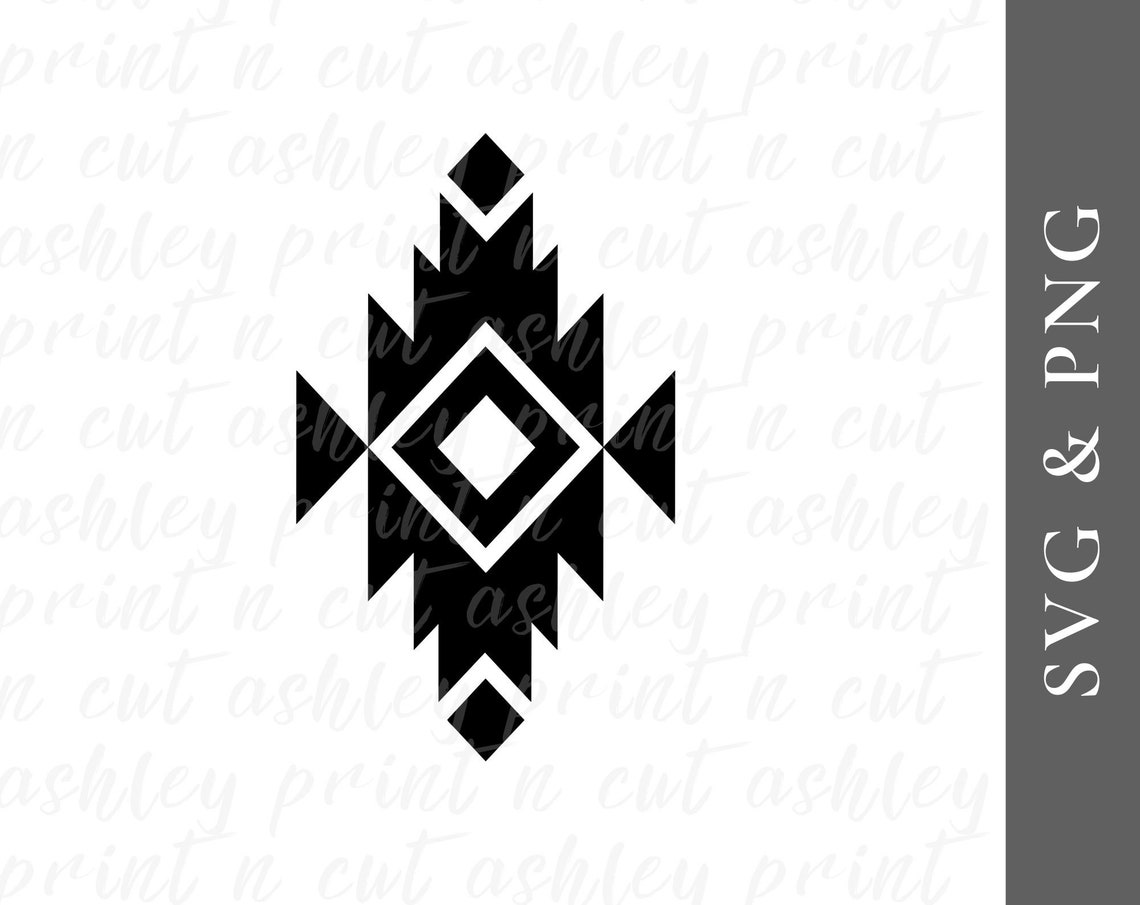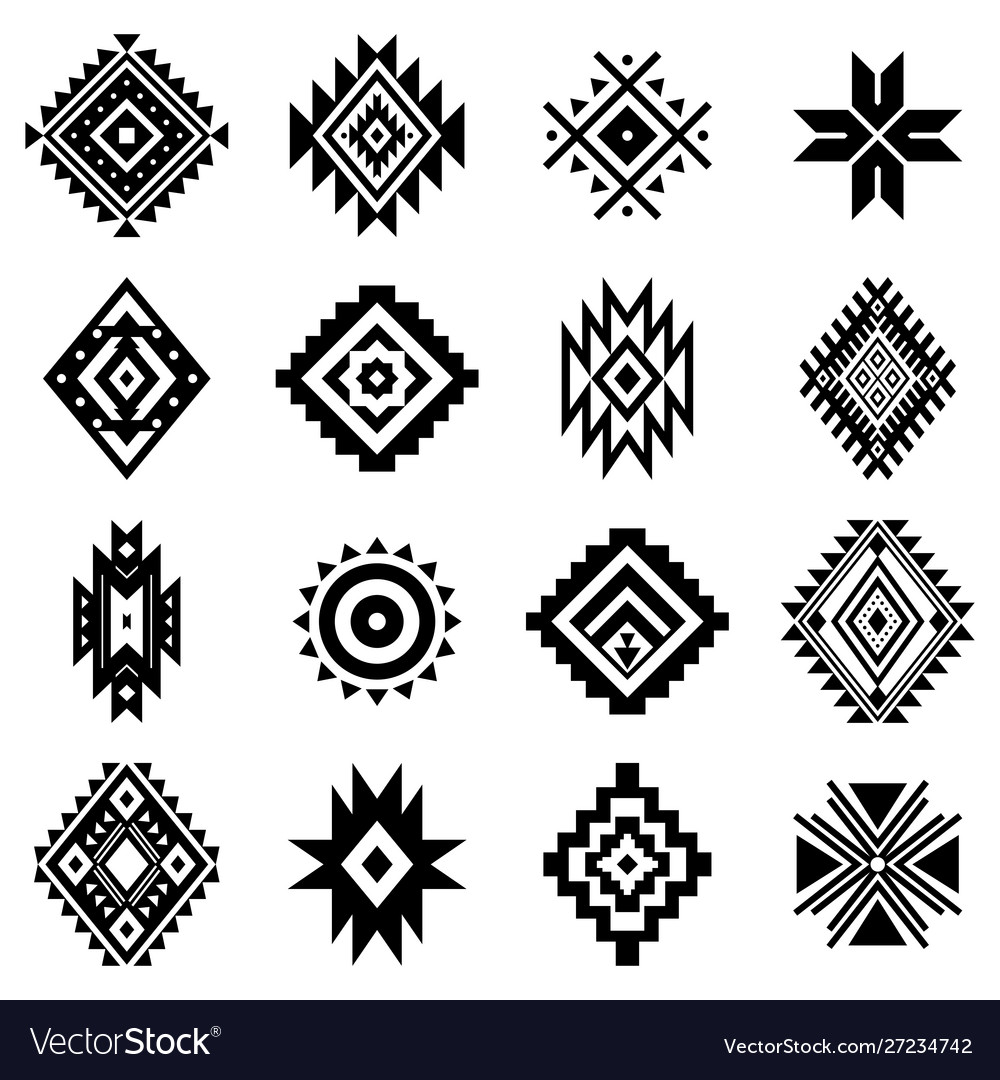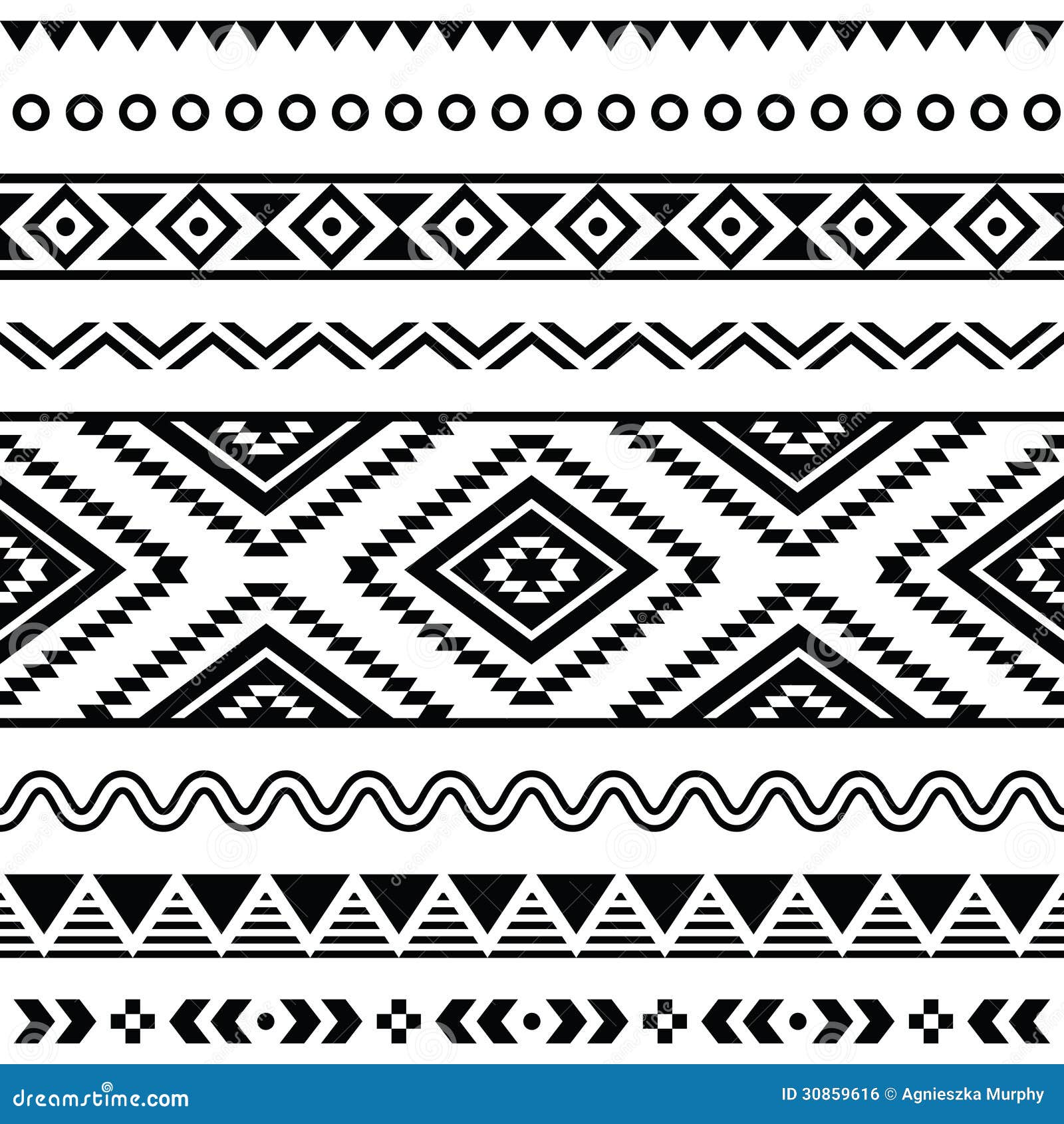Table Of Content

It was meticulously sculpted to resemble the holy serpent mountain of the earth Coatepec, which is central to Aztec mythology and religion. On top of the pyramid, a shrine to Huitzilopochtli and another to the rain deity Tlaloc were constructed. These numerous influences, along with the Aztecs’ broad tastes and love for old art, resulted in one of the most diversified ancient cultures worldwide. Thus, examples of creative ingenuity in precious metal jewelry embellished with obsidian, Jade, turquoise, greenstone, and coral may still be seen, primarily in tiny items such as earrings.
Create the Final Design

A statement rug, its crimson squares and emerald triangles echoing the stepped pyramids, anchors the space. Spirals, echoing the movement of the sun and stars, symbolized cycles of life and death. Stepped frets, reminiscent of temple pyramids, embodied the ascent to the heavens. Imagine yourself basking in the vibrant glow of a sunset, not just any sunset, but one captured in fabric. As Aztec used these symbols for everyday life objects as decorative, they also used it for the manufacture of original Aztec jewelry in silver you can find in some museum (like here or here).
Aztec Design Patterns: Exploring The Blend of Ancient and Modern Art
With twin snakeheads, clawed hands and feet, a collar of dismembered hands and hearts, and a garment of squirming snakes – the goddess is scary. The 3.5-meter-high statue, maybe one of four, leans somewhat forward, suggesting the reveal of feminine strength and fear. The earthly world is represented by two jaguar heads or paws on either side of the center face. The two heads at the bottom center depict fire serpents, and their bodies wrap around the artifact, each culminating in a tail.
Symbolism in Aztec Design Patterns
The 15 most popular rugs from Ruggable - USA TODAY
The 15 most popular rugs from Ruggable.
Posted: Tue, 17 Mar 2020 07:00:00 GMT [source]
Every shade, from earthy browns to radiant yellows, had its unique origin story, sourced meticulously from the insects, minerals, and vegetation that flourished in their environment. Aztec art consisted of rich symbolism which was found in everything from painting and sculpture to architecture and astrology. Symbols of various animals such as jaguars, eagles, dogs, snakes, and others signified various powers of Aztec gods. The nature and the application of most designs, in painting and sculpting, were specific to the gods and meant as a tribute to them. In architecture, as in their painted designs, the Aztecs were very keen on symmetry and proportion, going to great lengths to ensure symmetry between different parts of a temple or a city. The colours used to adorn these design were very bright and Aztec seemed to value bright colours very highly.
Nike Launch Club America 21/22 Home Shirt - SoccerBible
Nike Launch Club America 21/22 Home Shirt.
Posted: Fri, 16 Jul 2021 07:00:00 GMT [source]
We offer you extensive information about the history of art, analyses of famous artworks, artist biopics, information on architecture, literature, photography, painting, and drawing. Isabella studied at the University of Cape Town in South Africa and graduated with a Bachelor of Arts majoring in English Literature & Language and Psychology. Throughout her undergraduate years, she took Art History as an additional subject and absolutely loved it. Building on from her art history knowledge that began in high school, art has always been a particular area of fascination for her. From learning about artworks previously unknown to her, or sharpening her existing understanding of specific works, the ability to continue learning within this interesting sphere excites her greatly. Coatlicue’s huge basalt figure is widely regarded as one of the best specimens of Aztec sculpture.
Tribal Patterns, Digital Download, 12 Pack Bundle, PDF PNG SVG, Art
Other big circular sculptures include the superb sitting deity Xochipilli and the many reclining figures with a depression cut in the chest used as a container for the organs of sacrificed people. Unfortunately, these pieces, like most other artifacts, were smelted for currency, thus relatively few specimens of the Aztecs’ superb metalworking talents in silver and gold exist. Regrettably, feather works do not stay forever, however, some samples persist. Nevertheless, the Aztecs’ sculptures survive to demonstrate the Aztecs’ amazing creativity. Download Unlimited Patterns and BackgroundsWith a subscription to Envato Elements, you can download unlimited patterns and backgrounds, plus millions of other creative resources. Best of all, you’ll get simple commercial licensing to use the resources in your work safely.

Aztec created free-standing sculptures as well as reliefs carved into temple walls. Some of these sculptures denoted gods while others, such as small carved objects, were used to depict animals and humans. And designers who honor the traditions behind these patterns, ensuring a positive impact on the communities preserving this ancient art. These elements transport you to the ancient world while adding a touch of vibrant energy to your living space. They are characterized by intricate designs featuring spirals, stepped frets, feathers, and other symbolic elements. From temple walls to fashion runways, they weave a timeless tapestry, connecting us to a rich cultural heritage and whispering tales of forgotten deities.
Aztec pictures include complex geometrical designs alongside the pictures of different animals such as jaguar, fish, birds, snakes and monkeys. Most of the animals used in Aztec pictures are related to their belief system and symbolised something of a belief. The Aztec artists were called “tolteca” which meant skilled craftsmen. Some artists, skilled in arts not practised within the Aztec Empire, were called from other states to work in the city of Tenochtitlan.
Aztec Native Kilim Vector Patterns
These versatile materials can be used in a variety of home decor pieces, including area rugs, throw pillows, and wall hangings. Understanding the critical elements of Aztec-inspired home decor is vital to bringing it alive in living spaces. Moving forward, we will discuss some of the significant furniture pieces and accessories used by Aztecs in their times that you can include in your decor today. Her focal points of interest in art history encompass profiling specific artists and art movements, as it is these areas where she is able to really dig deep into the rich narrative of the art world.
This included lip plugs, ear plugs, and nose ornaments made of gold and precious stones such as jade and turquoise. Also, gods were depicted in the art and paintings of the Aztec’s and the drawing also showed priests dressed as gods performing religious ceremonies. Additionally, Aztec warrior societies of the jaguar and eagle had their own artistic traditions. A wide range of themes could be found in Aztec art, having both religious and cultural significance. One of the foremost aspects of Aztec art was deep appreciation for various insects, birds, fish, and animals.
The stone’s lateral side portrays 15 distinct images of a costumed warrior having their hair snatched by another warrior. The first figure, likely the warrior with the greatest headdress, is designated by the Tizoc symbol and wears the symbol of the deity Huitzilopotchli, the adored god of battle. The stone’s center has an image of either Tonatiuh or Yohualtonatiuh or the primal earth creature Tlaltecuhtli, the latter marking the world’s final devastation when the 5th sun fell to Ground. Many lesser-known deities than Huitzilopochtli are represented in Aztec art, as are a considerable number of representations of environment and agricultural deities. The works of art of the river goddess Chalchiuhtlicue in ancient Tula are among the most renowned.
In sculpture, Aztec art included finely carved free-standing idols in addition to bas-relief wall sculptures. In drawings, pictographs were small pictures that represented a variety of objects or sounds. Aztec artists made use of different tools to create the designs which then ornamented head-ornaments, walls of the temples, small statues and objects meant to appease the gods. Feather-workers created designs in feather-mosaics and were an indigenous form of artists in the Aztec Empire.
In the vast tapestry of ancient civilizations, few could claim to hold a candle to the artistic splendor consistently manifested by the Aztecs. A community that thrived in the heart of Mesoamerica, the Aztecs are frequently lauded for their unparalleled artistic contributions. One must understand that for the Aztecs, art wasn't just an auxiliary practice; it was an integral facet of their societal and spiritual fabric. Aztec art used a variety of animals to depict various powers of gods other than depiction of certain emotions and qualities. Depiction of emperors was also common with their semi-divine qualities since emperors were considered descendants of gods. Some works of Aztec art such as Quetzal feathers were exclusively reserved for the rulers and the high priests.
Each paper is 12×12” and is instantly available so you can get to creating. This colorful geometric seamless pattern is another great option if you’re looking for an abstract pattern with a boho-style design. This handmade print features hand-drawn mandalas and comes in a total of 12 color themes.

No comments:
Post a Comment